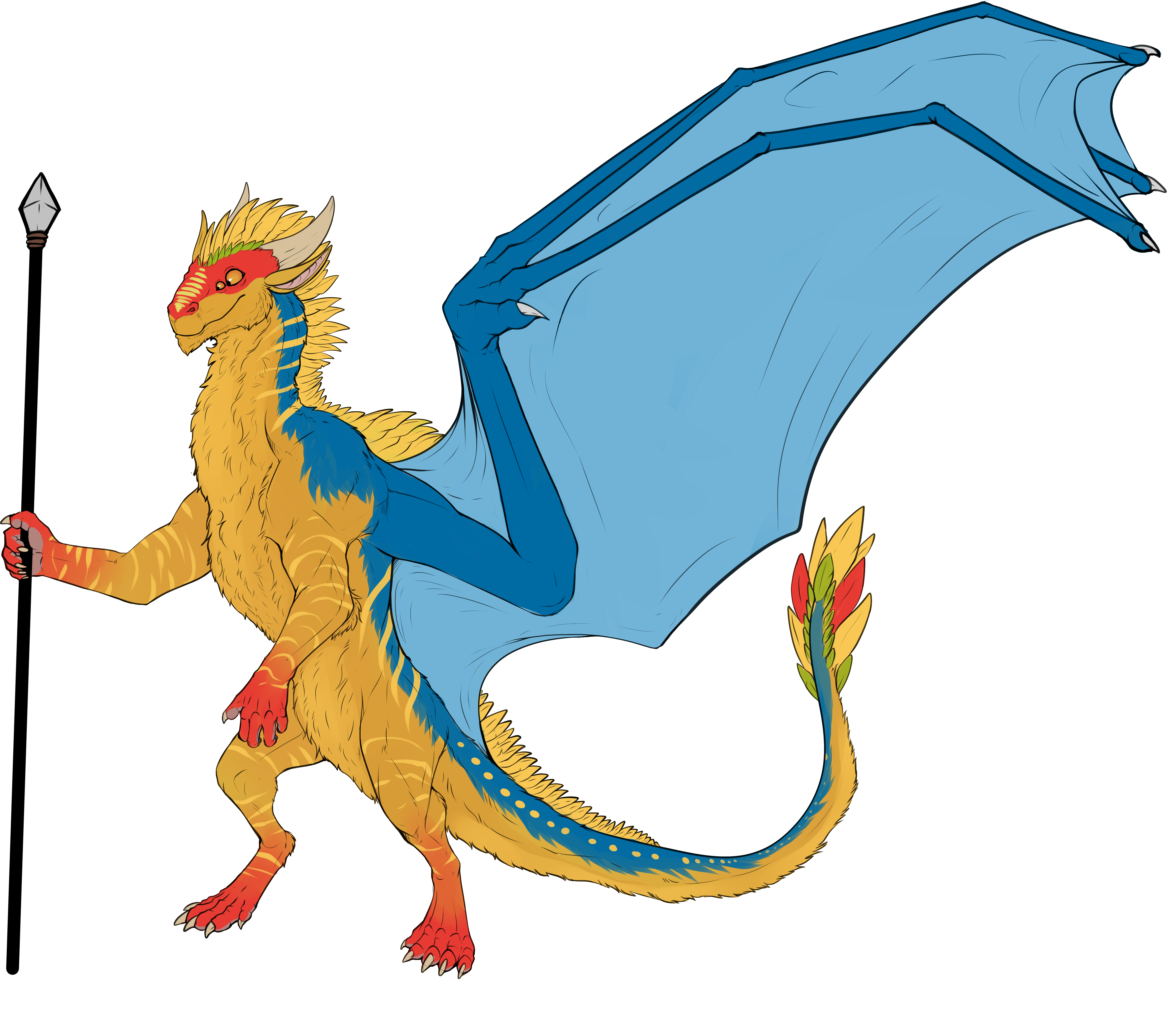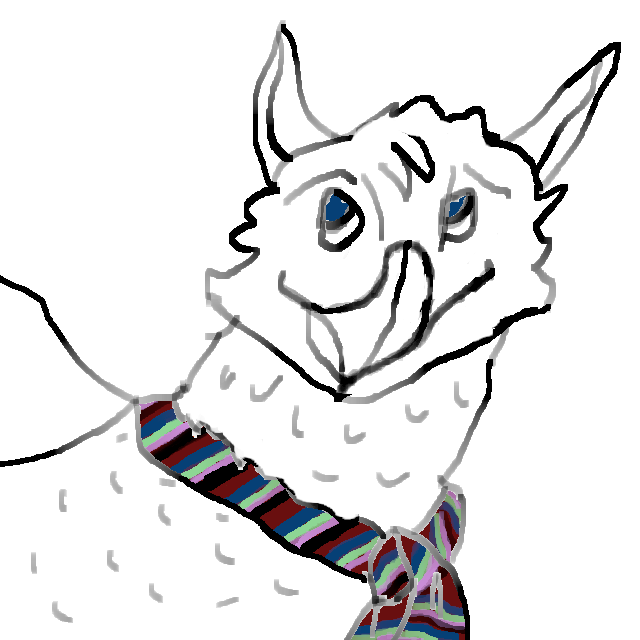Professions
Being a stranger matters not, when you happen to be the only one who can cook a meal.Midrastians learn from early age that to be desirable and to ensure their own self-sufficiency, they need to learn a craft. No-one likes to care for those that cannot contribute to the well-being of others in return, and should one such individual be found wanting, more often than not they will be coerced to work as a Servant or face potential exile from their tribe. Depending on their race, there are certain habits and traditions that tie in with each profession, most common is the one of how can one be recognised. What all of these professions have in common is that they are performed because of an (usually monetary) incentive. While Dragons employ tattoos on their left shoulder as a traditional means of showcasing their craft, Gryphons instead wear different-coloured scarves around their necks depending on what they do.
Profession list
Common: *Note that some professions can be more specific - Servants can for example range from Carriers, Builders, Herders, Spacers (cleaners) to Companions. Collectively they all are regarded under the umbrella of "Servant" profession. It is more common for Midrastians to introduce themselves as their 'extended' profession rather than generalised one. Gryphon specific:- Dreamglider
- Songweaver
- Golemancer
- Priest
- While entertainers similar to Songweavers exist among dragonkind too, they would be considered Servants instead.
- Golemancy is currently practiced and taught among Jungle dragons, and as a profession is still in its relative infancy.
- While still somewhat reverent of the gods and supernatural, gryphons rather place their faith in living beings instead. There are many that consider Rocs and Wildcats sacred progenitors of their kind, while others openly revere their ancestors, or even Kateraks as their ancient teachers. Gryphons cherish 'things that were' in their prayers rather than hope for things to happen. Shamans and tribe leaders tend to preside over cultural events and otherwise take over other priestly duties.
Gryphon scarf coloration
Remember, they tend to look for the colorful piece of neck-cloth rather than who wears it. Learn how to wear one and no-one will question you.For examples of gryphon fashion, see Falth , Avisleaena or Maara. Recognition scarves take precedence over profession scarves. Individuals can wear more than one scarf if they are proficient in several crafts, or choose to wear both Recognition and Profession scarf. Profession scarves:
- Clawstopper wears red. Senior Warriors have more intricate scarves than a fledgling guards.
- Courier wears azure. Their scarves are adorned with insignia of their employer - usually courier tower company. Only independents wear plain blue scarves.
- Dreamglider wears grey.
- Dreamweaver wears black. Minh Toi Dreamweavers specialized in crime wear red and black.
- Greencarer wears dark green. If their scarves have burn marks, you know that they are alchemists.
- Hunter in public wear mahogany. During hunts, they may opt out of wearing one for better camouflage.
- Purveyor wears rainbow/assortment of many colors. Depending on their goods, their scarf will feature one color more prominently. For example, grocer will have greener scarf, weapon seller more red one and herb seller more white one.
- Scout wears none. But that's okay, they can always 'borrow' one if needed.
- Shaman wears black and white. Shamans make scarves for their disciples themselves, once they feel they learned all they need to know. If Shaman passes away prematurely, their own scarf is inherited by their oldest disciple.
- Servant wears light brown or none.
- Songweaver wears dark blue. When performing or in dances, they wear a second scarf that denotes who they play as
- Wingbinder wears white. Combat Wingbinders (in war) wear red and white.
- Leader of tribe/settlement - Wear purple and yellow
- Leader of small tribe/second in command - Wear yellow
- Recognised individual/royalty - Wear purple
- Diplomat/emissary and his/her escort - Wear dark blue and purple
- During Dragon and Gryphon negotiations, it is customary to observe the gryphon scarf tradition even for dragon emissary/leaders given its ease of wear. Not doing so can be seen as disrespectful towards gryphons.
- Gryphons living in areas heavily populated by dragons sometimes forgo wearing scarves altogether.
- Areas populated by dragons and gryphons equally either utilize paint on their left shoulder to symbolize their profession or everyone wears scarves. This depends heavily on how remote the location is and history of the settlement/tribe.
- Prisoners have their scarves taken away from them, until release.
Remove these ads. Join the Worldbuilders Guild






















Comments